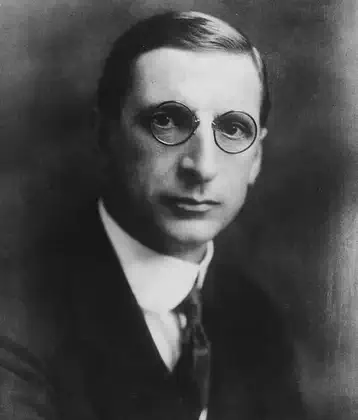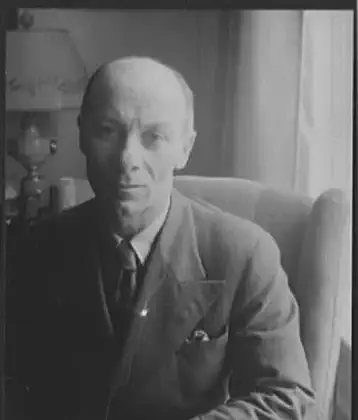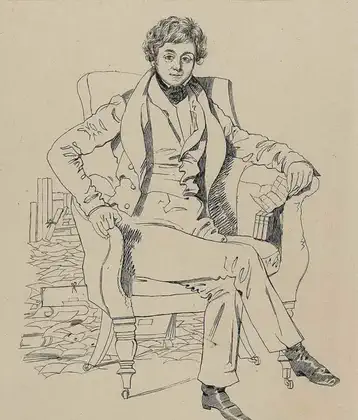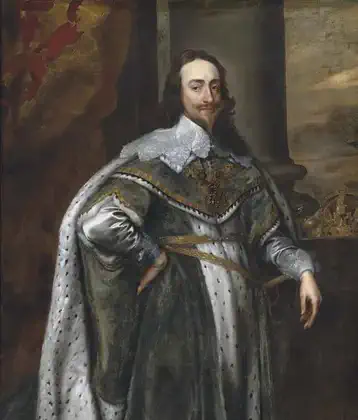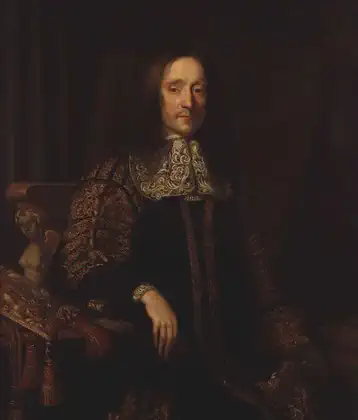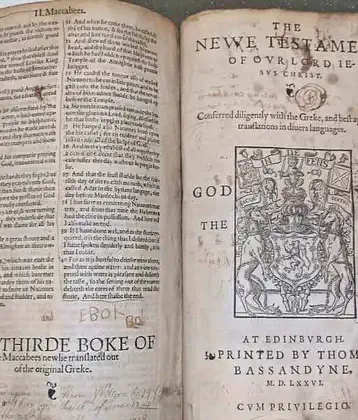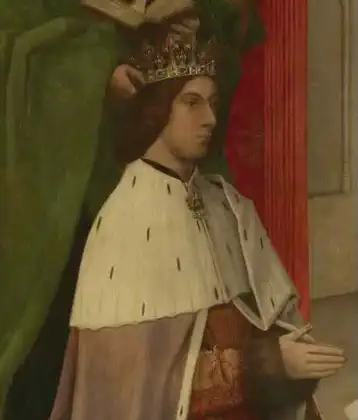
Henry II (French: Henri II; 31 March 1519 – 10 July 1559) was King of France from 31 March 1547 until his death in 1559. The second son of Francis I and Duchess Claude of Brittany, he became Dauphin of France upon the death of his elder brother Francis in 1536.
As a child, Henry and his elder brother spent over four years in captivity in Spain as hostages in exchange for their father. Henry pursued his father’s policies in matters of art, war, and religion. He persevered in the Italian Wars against the Habsburgs and tried to suppress the Protestant Reformation, even as the Huguenot numbers were increasing drastically in France during his reign.
Under the April 1559 Peace of Cateau-Cambrésis which ended the Italian Wars, France renounced its claims in Italy, but gained certain other territories, including the Pale of Calais and the Three Bishoprics. These acquisitions strengthened French borders while the abdication of Charles V, Holy Roman Emperor in January 1556 and division of his empire between Spain and Austria provided them with greater flexibility in foreign policy.
In July 1559, Henry was injured in a jousting tournament held to celebrate the treaty and died ten days later after his surgeon, Ambroise Paré, was unable to cure the wound inflicted by Gabriel de Montgomery, the captain of his Scottish Guard. Though he died early, the succession appeared secure as he left four young sons, as well as a wife in Catherine de’ Medici, to lead a capable regency during their minority.
Three of those sons would all live long enough to be king themselves, but their ineffectual reigns, and the unpopularity of Catherine’s regency, helped to spark the French Wars of Religion between Protestants and Catholics, and an eventual end to the House of Valois as France’s ruling dynasty.
More From This Day

